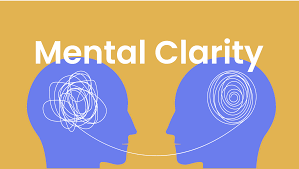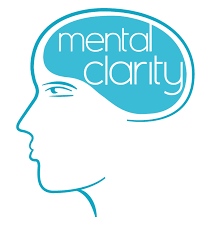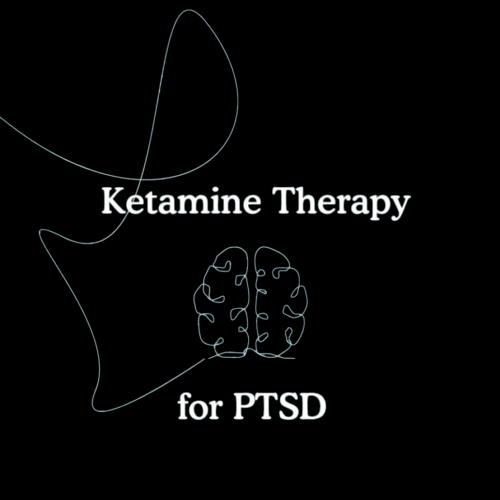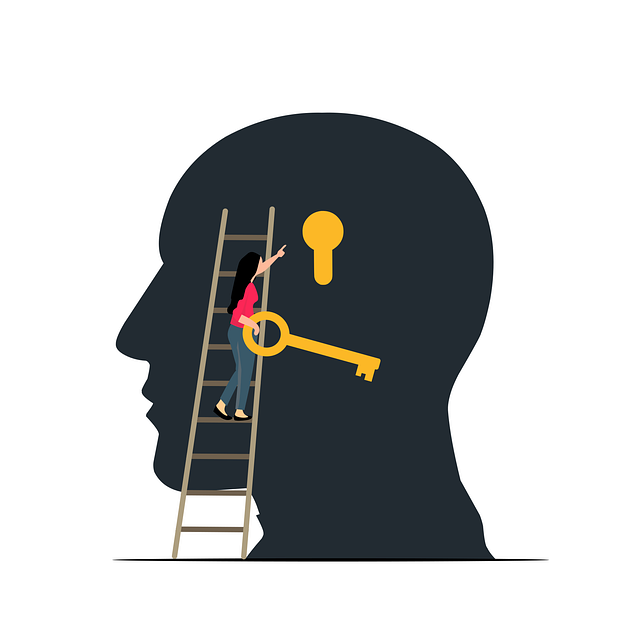Introduction
In today’s fast-paced world, our minds are constantly bombarded with information, distractions, and responsibilities. From endless notifications to the pressure of multitasking, it’s easy to feel mentally scattered or overwhelmed. This state is often described as mental fog—a condition where thinking feels heavy, slow, and unclear.

On the other hand, mental clarity is the opposite. It is the state of having a calm, focused, and sharp mind. Mental clarity allows you to think clearly, make better decisions, and feel more in control of your life. Achieving it is not about being perfect—it’s about training your mind to focus and function at its best.
In this article, we will explore mental clarity exercises that help remove mental fog, improve focus, and enhance your daily life. From mindfulness techniques to lifestyle habits, you’ll discover powerful yet simple ways to unlock a sharper, calmer mind.
Understanding Mental Clarity
Before diving into the exercises, it’s important to understand what mental clarity actually means.
- Mental clarity refers to the ability to focus, process information, and make decisions without being clouded by stress, overthinking, or distraction.
- It feels like having a clean desk in your mind—everything is organized, and you know exactly what to focus on.
- In contrast, mental fog feels like clutter: too many thoughts, confusion, forgetfulness, and difficulty concentrating.
Signs You Need More Mental Clarity
- Struggling to focus for long periods.
- Feeling mentally exhausted even after rest.
- Forgetting tasks or details easily.
- Overthinking simple decisions.
- Experiencing irritability or low productivity.
If these sound familiar, mental clarity exercises can help you regain control.
Benefits of Mental Clarity
Clarity of mind is not just about feeling good—it has powerful practical benefits.
- Improved Focus and Productivity
- When your mind is clear, you can direct your attention fully to the task at hand.
- Reduced Stress and Anxiety
- A cluttered mind feeds stress. Clarity calms racing thoughts, allowing you to feel centered.
- Better Decision-Making
- Mental clarity gives you the perspective to weigh options carefully without confusion.
- Stronger Emotional Balance
- When your mind is organized, your emotions become more stable and manageable.
- Higher Energy Levels
- Mental clarity prevents burnout by reducing the drain of scattered thinking.
Causes of Mental Fog and Lack of Clarity
To gain clarity, it helps to know what causes mental fog in the first place.
- Stress and Overwhelm: Constant pressure scatters attention.
- Lack of Sleep: Sleep deprivation slows down mental processing.
- Poor Diet and Dehydration: The brain needs proper nutrition to stay sharp.
- Overthinking and Worry: Mental clutter drains clarity.
- Distractions and Multitasking: Splitting focus makes it hard to concentrate.
- Emotional Struggles: Anxiety, sadness, or anger cloud rational thinking.
Recognizing these triggers is the first step in addressing them with targeted exercises.
Top Mental Clarity Exercises
1. Mindful Breathing
Simple yet powerful, mindful breathing brings your attention back to the present.
- Sit comfortably, close your eyes, and take slow, deep breaths.
- Focus on the rhythm of your breathing.
- When your mind wanders, gently bring it back to the breath.
Practicing this for just 5 minutes can clear away mental clutter.
2. Journaling and Brain Dumping
Writing down thoughts is a proven way to declutter the mind.
- Spend 10–15 minutes each day writing freely about whatever is on your mind.
- This exercise releases worries and creates space for new thoughts.
- Over time, journaling helps identify patterns and solutions.
3. Visualization Techniques
Visualization sharpens focus and trains the mind.

- Close your eyes and picture yourself completing a task successfully.
- Imagine your mind as a calm lake, free of ripples and distractions.
This practice enhances motivation and reduces stress.
4. Affirmations for Clarity
Positive statements help reprogram the mind toward focus.
Examples include:
- “My mind is clear and focused.”
- “I choose clarity over confusion.”
- “I release all thoughts that no longer serve me.”
Repeating affirmations daily strengthens mental resilience.
5. Time-Blocking and Focus Exercises
Time-blocking means dedicating specific time slots for each task.
- Break work into 25–30 minute sessions with 5-minute breaks (Pomodoro technique).
- Eliminate distractions during the block.
This trains your brain to concentrate deeply in bursts.
6. Movement and Physical Activity
Exercise is not just for the body—it refreshes the brain too.
- Walking, yoga, or stretching improves blood flow to the brain.
- Even 10 minutes of movement can reset focus.
7. Digital Detox
Constant screen exposure clutters the mind.
- Take breaks from your phone, social media, and emails.
- Set boundaries like screen-free mornings or evenings.
This restores calm and prevents digital overwhelm.
Daily Practices for Sustaining Clarity
Morning Routine for Clarity
- Start the day with meditation or journaling.
- Hydrate with water before reaching for coffee.
- Review priorities instead of checking social media.
Nutrition and Hydration
- Eat brain-friendly foods like nuts, berries, and leafy greens.
- Stay hydrated throughout the day to prevent fatigue.
Sleep Hygiene
- Aim for 7–9 hours of quality sleep.
- Keep a consistent sleep schedule.
- Limit screen use before bed.
Gratitude and Mindfulness
- Write down 3 things you’re grateful for daily.
- Practice mindfulness in small tasks like eating or walking.
Overcoming Barriers to Mental Clarity
Managing Overthinking
- Ask yourself: “Is this thought useful right now?”
- Replace repetitive worry with action steps.
Dealing with Emotional Clutter
- Allow yourself to process emotions through journaling, talking, or reflection.
- Avoid suppressing feelings, as they build mental fog.
Handling Distractions
- Create a distraction-free workspace.
- Use apps or timers to limit interruptions.
- Prioritize single-tasking over multitasking.
Mental Clarity in Special Contexts
At Work
- Use focus blocks to handle tasks efficiently.
- Keep your desk organized to reduce mental clutter.
For Students
- Study in distraction-free environments.
- Use memory techniques like active recall and spaced repetition.
For Stress and Anxiety
- Breathing exercises and meditation reduce stress hormones.
- Grounding techniques like the 5-4-3-2-1 method calm racing thoughts.
For Decision-Making
- Write down pros and cons.
- Take short breaks before making important choices.
Expert-Level Tips and Long-Term Strategies
- Habit Stacking
- Pair clarity exercises with daily habits—for example, meditate right after brushing your teeth.
- Cognitive Behavioral Techniques
- Challenge negative or irrational thoughts that clutter your mind.
- Environmental Organization
- A clean and orderly physical space supports a clear mental space.
- Consistency Over Intensity
- Small, consistent practices are more effective than occasional long sessions.
Conclusion
Mental clarity is not a luxury—it’s a necessity for living a balanced, productive, and fulfilling life. By practicing mental clarity exercises like mindful breathing, journaling, visualization, and digital detox, you can reduce stress, sharpen focus, and feel more in control of your mind.
The journey to mental clarity is not about perfection. It’s about consistently creating space in your mind to think, reflect, and live with intention. Start small, stay consistent, and watch your mental fog gradually lift, revealing a sharper, calmer, and more powerful version of yourself.



